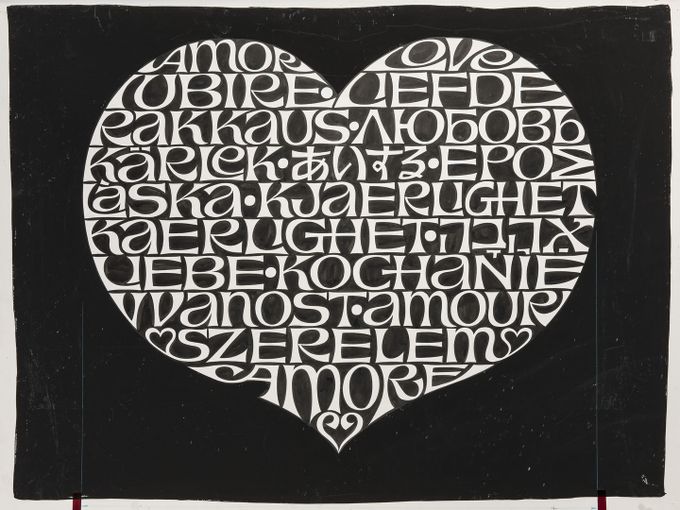The Eames House Whale
A Vitra Anecdote

The Eames House and Office was home to a special permanent resident: a huge wooden whale over two metres in length, which was an unsigned work of North American Coast Salish folk art.
Charles and Ray Eames were exceptionally fond of the animal figure painted in black and white. It was part of a regular cast of objects that they used in photo shoots and showrooms – such as the first photos taken by Charles Eames of the legendary Eames Lounge Chair.
Charles and Ray Eames were exceptionally fond of the animal figure painted in black and white. It was part of a regular cast of objects that they used in photo shoots and showrooms – such as the first photos taken by Charles Eames of the legendary Eames Lounge Chair.

In addition to the magnificent shape and delightful appearance of the marine creature, the Eames Whale is emblematic of the Eameses’ enduring worldview, reflecting their deep interest in nature, different cultures, crafts and folk art.
Charles and Ray Eames went far beyond what was expected of modern 20th century designers. A significant characteristic of their work was the mastered balance between nature, culture and modern industry. Charles and Ray Eames were curious and attentive to the world around them, the universe, the landscapes, the living creatures, and local cultures established over thousands of years. Films that they made, such as ‘Powers of Ten’, ‘Day of the Dead’ and ‘Banana Leaf’, demonstrate this profound interest and awareness.
Charles and Ray Eames went far beyond what was expected of modern 20th century designers. A significant characteristic of their work was the mastered balance between nature, culture and modern industry. Charles and Ray Eames were curious and attentive to the world around them, the universe, the landscapes, the living creatures, and local cultures established over thousands of years. Films that they made, such as ‘Powers of Ten’, ‘Day of the Dead’ and ‘Banana Leaf’, demonstrate this profound interest and awareness.

Charles and Ray Eames changed the way that people thought about objects as well as the way that people combined them to create a collage. They believed that objects like folk art, toys and specimens from nature enriched their lives and served a wide-ranging instructional purpose. Starting early in their marriage, the couple’s eager and determined curiosity led them to amass an expansive collection of objects from all over the world.
Almost everything they collected was related to aspects of design and form, as Ray explained: ‘We never collected anything just as collectors, but because something was inherent in the piece that made it seem like a good idea to be looking at.’ The Eameses organised and decorated their home with great seriousness and tremendous joy, making the Eames House an ever-changing collage, a reflection of their life.
Along with other collected objects, like the Eames House Bird, the Whale was used as a cultural element to create unique atmospheres in exhibitions and photo shoots by Charles Eames – not least in their private home, the Eames House. The objects were taken out of their usual contexts for visual effect to surprise viewers with unexpected cultural juxtapositions.
Almost everything they collected was related to aspects of design and form, as Ray explained: ‘We never collected anything just as collectors, but because something was inherent in the piece that made it seem like a good idea to be looking at.’ The Eameses organised and decorated their home with great seriousness and tremendous joy, making the Eames House an ever-changing collage, a reflection of their life.
Along with other collected objects, like the Eames House Bird, the Whale was used as a cultural element to create unique atmospheres in exhibitions and photo shoots by Charles Eames – not least in their private home, the Eames House. The objects were taken out of their usual contexts for visual effect to surprise viewers with unexpected cultural juxtapositions.


The whale first appeared in historical pictures in 1952 when Charles and Ray Eames furnished and decorated a Herman Miller showroom in Los Angeles. In that same year it was also photographed in the on-site studio at the Eames House, and later again in 1955 for the first photo shoot by Charles Eames of the newly designed Eames Lounge Chair.
The Eames House Whale by Vitra is the smaller-scale reproduction of the whale and is crafted from alder wood and painted by hand.
The Eames House Whale by Vitra is the smaller-scale reproduction of the whale and is crafted from alder wood and painted by hand.
Publication date: 23.1.2020
Author: Stine Liv Buur
Images: © Eames Office, LLC


